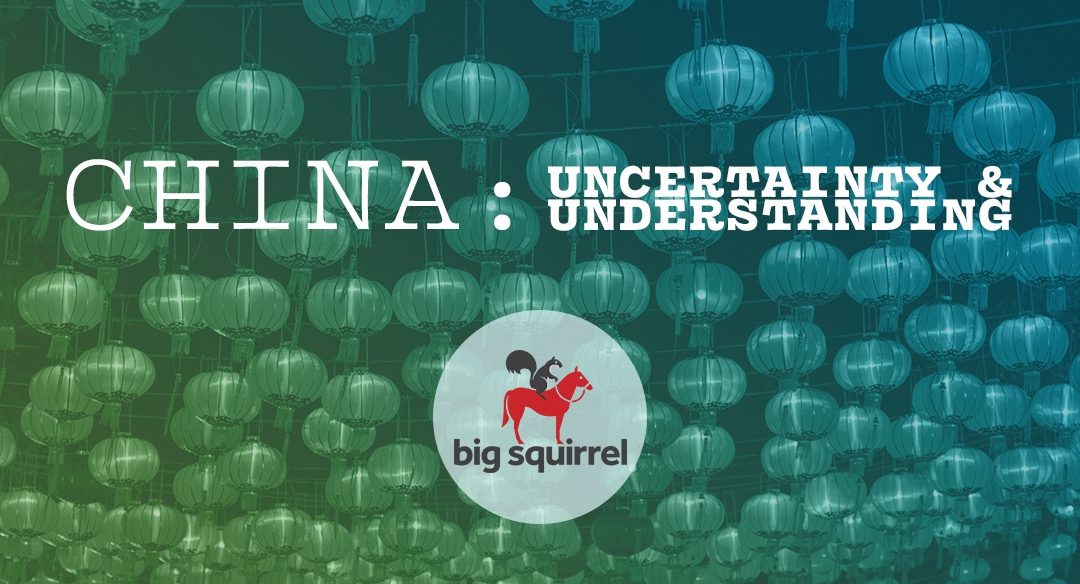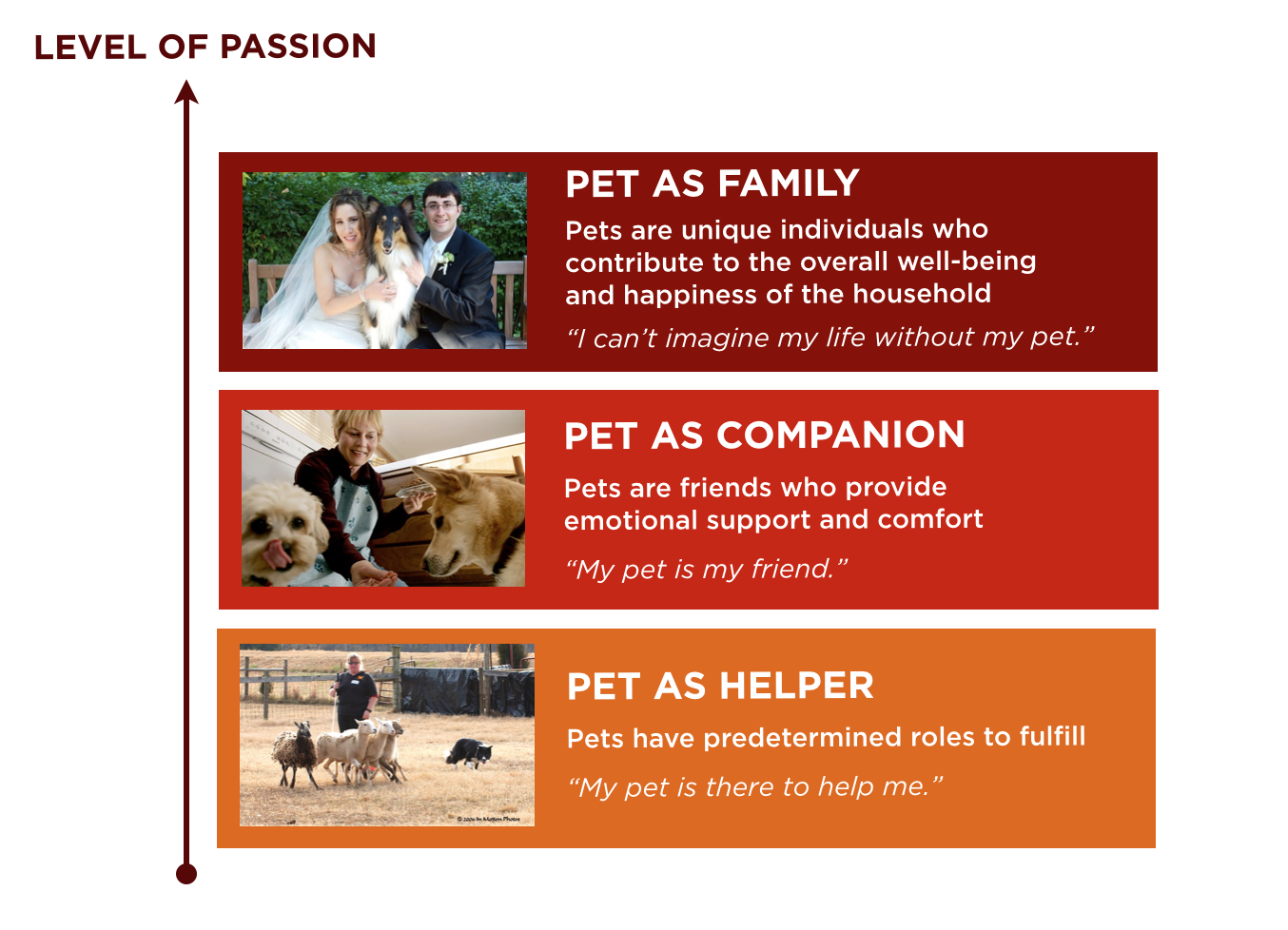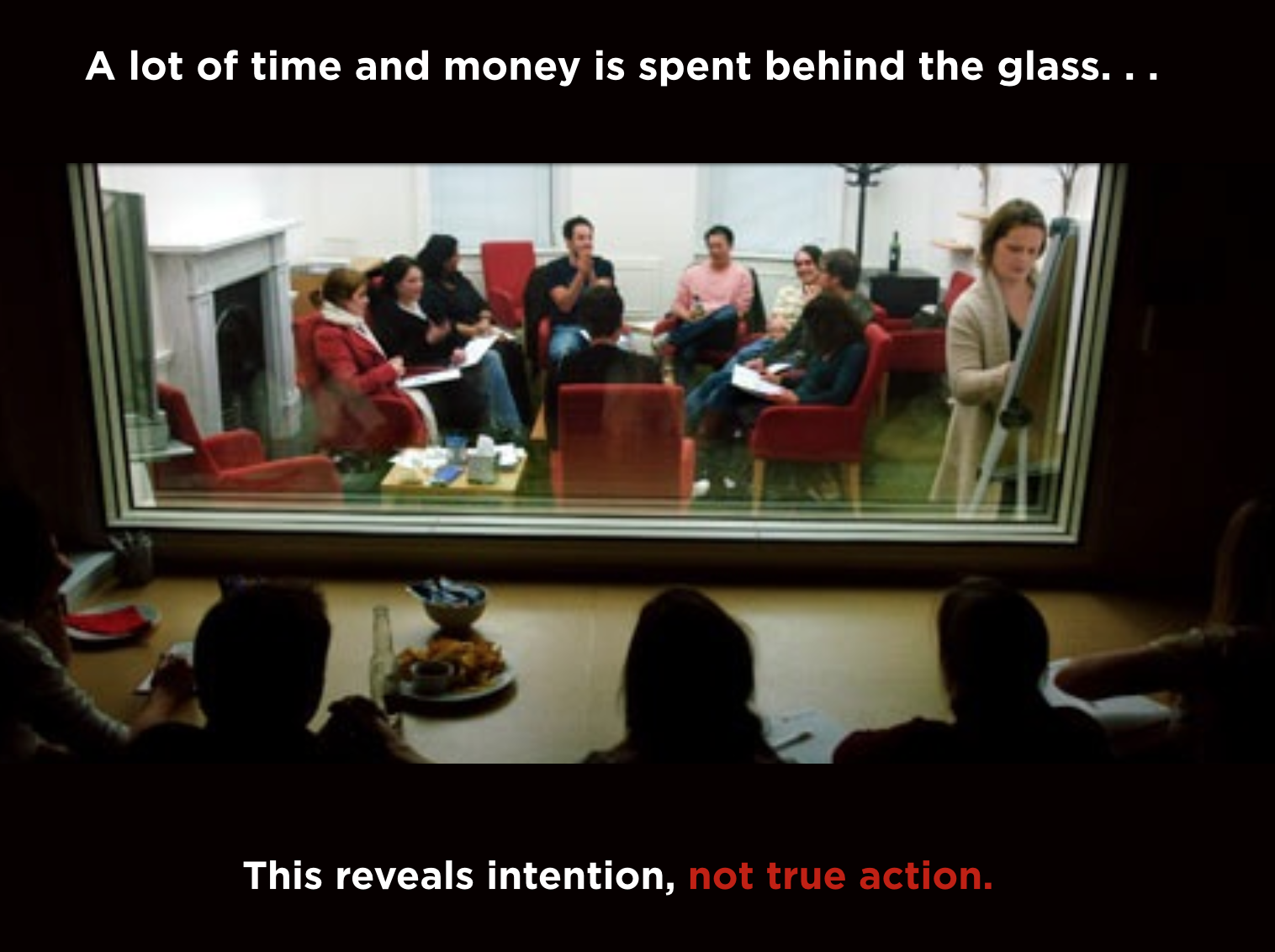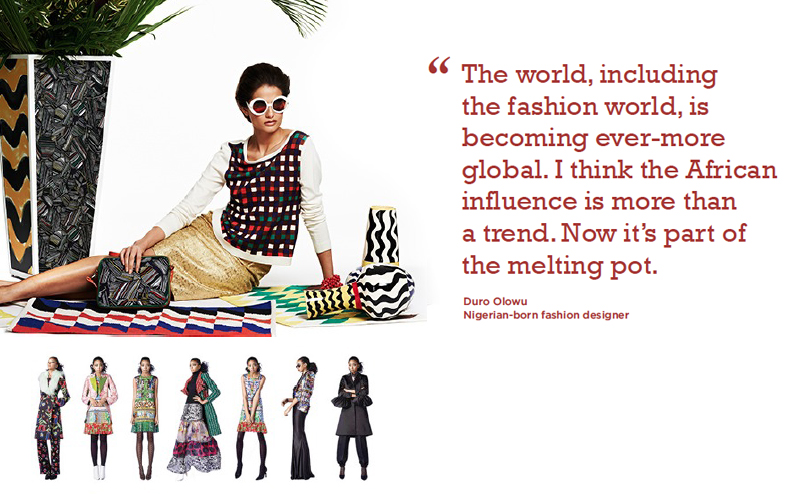
by bigsquirrel | Jul 15, 2013 | Uncategorized
Teens. Who are they? In a nutshell, they are a mass of contradictions: Realists at heart, yet they believe they can and will make a difference in the world. Savvy consumers, yet don’t think they are influenced by advertising. Overflowing with cynicism, yet happy and optimistic. Teens are totally self-absorbed and self-focused but purport to be very conscious about the environment and the social practices of businesses. And, finally, teens are brash, confident and have an in-your-face approach to life, yet they haven’t figured themselves out.
Teens are a tough nut to crack. They are in the process of defining both their world and themselves and each are constantly changing contradictions. They’re hyper connected but their world barely stretches beyond what is around them today; “global” is a term without real meaning but one that they use frequently. When it comes right down to it, they barely look at the world beyond high school. (And whose high school experience was really that great, anyway?)
Teens are redefining the rules of life.
How teens live.
Not only is the world around them changing fast, but their daily schedule is practically swirling around them. They have to juggle like crazy or (heaven forbid) the might miss someone or miss out on something. Juggling is innate for todays teens. For GenXers, it was an acquired skill. For today’s teen, it’s as natural as breathing.
Terms like “Internet speed” and “Social Media” are meaningless to teens since they’ve never lived without them. Life, as defined by technology today, is instantaneous. Need a book for school? Download it off Amazon. Want to see what your friend is doing on her vacation? Check out her Instagram feed where she’s posted today’s photos from Paris. Voilà! In fact, for the teen, social media isn’t a thing you do, it’s simply a way of life. Documenting and sharing even the most mundane moments (“Eggs for breakfast. #Nomnom.”) are just how teens live and express themselves. And more importantly, it’s how they connect with the world.
How teens think: It’s a wired world.
We invited teens to pizza night to talk about their lives. The first thing we did was to ask them to disarm themselves.
Oh. You mean turn off my phone?
It was as if the concept of turning it off was totally new. And they very begrudgingly obliged us. What is the concern here, we wondered? “Well, Joshua, my boyfriend is supposed to text me when he goes on break from work tonight. I can’t text him back since he’s at work, so I don’t want to miss him.” Anything pressing you need to talk to him about? “No, not really, I guess. I just want to talk to him.” Uh, but you’re texting, not talking? “Yeah, I guess. It’s the same thing.” Thus ensued some embarrassed giggling and knowing eye exchanges around the table. The message here: Being connected is a way of life. One senior told us, “My cell phone is one of the most important things I own. If I lost it, I’d feel lost.”
How teens feel.
Unlike other generations before, this group of teens believes that success is not necessarily based on hard work. IT JUST HAPPENS. In fact, they really believe it is going to happen to them in a way that it hasn’t happened for their parents. Given the dramatic shift in television programming over the last 10 years – the formative years of today’s teens – it’s not surprising that they not only embrace Reality TV, but think of themselves as their own stars. This change marks a significant shift in our culture where stars no longer have to be “movie” stars or models. One driving truth in this Reality TV craze is that teens love this in-your-face brutal honesty. To them, the crazier the better (hello, Snooky) and they no longer see a clear distinction between reality and what is real.
Thanks to this blurred distinction between real and reality, teens have developed an elevated sense of self. They think of themselves as being untouchable because they’ve always had the empowerment of the Internet and access to any information right at their fingertips. No waiting, no roadblocks, no delays. Just what you want, when you want it. They see themselves as undefeatable and interestingly, they have no heroes. They think of themselves as indestructible because while reality may be hard, like what they see on Reality TV, they can do anything. Have a problem? Fix it yourself. Want something? Charge it. Need some advice? Post your question online. Popularity is gauged by how many followers you have and cool is about how many likes your posts get.
They believe they can rise above their circumstances whenever they want. Right now, they just don’t want to.
Which leads to the “It’s all about me” attitude.
At the heart of the teen world, they don’t see a future. Masters of Zen, for teens there is only the moment in which they are living right now. Their decisions don’t really have consequences and at the very least, they believe that any consequences passed down are not going to have any lasting impact on how they live or what they do. Getting caught drinking is a nagging worry, but not because they have guilt over doing something they shouldn’t be doing. Instead, they worry they might have to miss the next party. To them, long-term is never more than a semester.
This lack of regard for the future or their actions makes it easy to mark teens as being predominately selfish. But, is this really true? Or is it perhaps, they just don’t know any better? Snarling in disgust, teen after teen will tell you:
Adults see us as troublemakers, babies, materialistic, selfish partiers.
They don’t think of us as people.
Ironically enough, blockbusters on screen continually perpetuate these negative stereotypes, but teens can laugh at themselves because they don’t believe the stereotype is true.
What teens value.
There is an ongoing, much heated debate over the burning issue around what teens value. The myth that marketers have rallied around is that teens prefer new, exciting, fresh experiences over comfort. But, that’s not always true. We’ve debunked the myths to get down to 4 real truths:
TRUTH #1: Teens seek comfort over cool.
This doesn’t mean cool isn’t important. It just isn’t the end-all, be-all of their world. Comfort is about establishing an environment and mindset that belongs just to you. It isn’t something that is shared with others and isn’t something they typically talk about either. But comfort items top the list when asked to name the possessions they couldn’t live without.
TRUTH #2: Teens crave the familiar.
They love nostalgia. Just look around their rooms. They surround themselves with pictures and photo albums, documenting their lives. “My photo albums contain my memories that I will always have a visual of.” Surrounding themselves by the familiar is really celebrating connections with the people in their lives. Favorite activities are typically hanging out with friends, spending time with boyfriend/girlfriend, having fun with others.
TRUTH #3: Convenience is a desired way of life.
Their whole lives are dictated by convenience. This is readily apparent in the value they place on their devices – their cell phones (“If I left home without my cell phone, it would be like going out without taking a shower. I wouldn’t feel right.” -Michael) their computers (“I usually get online and email and chat with my friends every night. If I couldn’t do that anymore I’d feel so cut off.” -Amy) and their cars (“Before I had my car, I stayed home most of the time. Now I can go wherever I want, when I want to go without waiting for my mom to give me a ride.” -Crystal).
TRUTH #4: Teens seek control – but passively.
Ask them what they believe, they say things like, “What is meant to be will happen.” They are cynical, yet have a very Zen attitude. Control over one’s life is important, like setting the rules on what to do and how you do it. The thought of controlling one’s destiny sounds good, but in the bigger picture, they believe things happen no matter what you do.
“I don’t know where to meet guys. When I’m meant to be with someone, he’ll find me.” -Keri
The lesson here:
For the teen, their values stem from their technological way of life: it’s fast, convenient, straight-forward, live, personalized, brutally open and (in their minds), totally share worthy. Teens have always been an important influencer market and this has never been more true than it is right now. They live, breathe, eat and sleep with technology and use it seamlessly to express and experience all aspects of life simultaneously.

by bigsquirrel | Mar 28, 2013 | Uncategorized
China is a dynamic and rapidly changing country. Steeped in tradition but with an emerging openness to western values like creativity and individualism, China is at a cultural crossroads.
Last year we explored the cultural nuances and behavioral subtleties of China with Johnson’s Baby brand and this year, through our current and ongoing work with Samsung, we’ve been examining the evolving values of Chinese consumers and consumers around the world. From this work, we’ve gained some insights that we believe are important for any brand, company, or even individual to consider if they want to engage and explore this powerful and enigmatic market.
SEEKING THE BEST
As a culture, China seeks the best. To be the best, to buy the best, to make the best decisions. However what is “the best” is becoming more and more uncertain.
Today, as modern influences permeate the culture, tradition is being called into question and the traditional “black and white” perspective of what is right and what is wrong is no longer clear. The desire to have and be the “best” has become increasingly harder to define.
China’s newly elected leader, Xi Jinping expressed the desire for the best when he described the Chinese people:
Our people have an ardent love for life. They wish to have better education, more stable jobs, more income, greater social security, better medical and health care, improved housing conditions and a better environment. They want their children to grow well, have ideal jobs and lead a more enjoyable life. To meet their desire for a happy life is our mission. Source: China Daily
FEAR OF FAKES
The resounding number of counterfeit and imitation products (often containing harmful ingredients) in the Chinese market has forced consumers into a pattern of fear-based decision making.
And no category is immune –– from fake eggs, to fake BMWs, to fake wine, to fake Apple Stores, China is littered with knock-offs. Fear of buying a fake is huge barrier to purchase as consumers feel they can’t trust the brands, products, and companies around them.
In the next few years, gaining the trust of the Chinese consumer will be critical for all brands and businesses. How trust can be established and what it takes to maintain it will require more than just solid product offerings. For those local legacy brands and few Western brands that have established trustworthy relationships with Chinese consumers, maintaining those relationships with openness will be key.
OPTIMISTIC OUTLOOK
Despite widespread mistrust of brands and products, Chinese consumers have a surprisingly optimistic outlook.
Women in particular believe their lives are much more independent and full of opportunity compared to their mothers. They recognize that they are changing, their culture is changing, and how they live is changing. It is an exciting time for women in China and they seem to embrace this evolution with a sense of optimism and hope.
Just recently, Liu Yandong was appointed as one of China’s four new vice premiers, making her the most powerful woman in the Chinese government (and one of the most powerful women in the world).
As China continues to embrace women in leadership roles and as the country defines the Chinese Dream, brands and businesses need to better understand the changing role of women and the influence an emerging sense of optimism will have on consumer behavior, attitudes, and aspirations.
INDIVIDUAL INTERESTS
Social media sites like Weibo have opened China up to global influences and have given China, a traditionally collectivist culture, a means of expressing individual voices, interests and personal preferences.
With a growing focus on Western values, China has become the worlds largest source of students studying overseas in search of an education with a greater focus on creativity and individual contribution. According to statistics from the Chinese Ministry of Education, nearly 400,000 Chinese students studied abroad in 2012, a number that was up more than 17% from 2011.
Though there is a growing interest in individualism, Chinese society is still heavily influenced by the intricate and complicated concepts of mainzi (face) and guanxi (relationships and networks). The key for brands and businesses will be to help the young Chinese consumer pursue their individual interests and construct modern, cosmopolitan identities while at the same time, honor the deeply rooted constructs of traditional Chinese society.















 The field of architecture has historically pulled from the cultures it exists within. Over time, the cultivation of an aesthetic standard for “African”, “Spanish”, and “Roman” architecture emerged. As technology and new media have emerged, the vast physical distances and cultural and geographical boundaries that once separated regions have begun to fade. Architecture has become one of the many fields pulling from the new and growing pool of cultural resources, as architects and designers continue to incorporate other “outside influences” into their work.
The field of architecture has historically pulled from the cultures it exists within. Over time, the cultivation of an aesthetic standard for “African”, “Spanish”, and “Roman” architecture emerged. As technology and new media have emerged, the vast physical distances and cultural and geographical boundaries that once separated regions have begun to fade. Architecture has become one of the many fields pulling from the new and growing pool of cultural resources, as architects and designers continue to incorporate other “outside influences” into their work. Though the ancient practice of Yoga originated in India, its popularity has spread across the globe. The map above from the
Though the ancient practice of Yoga originated in India, its popularity has spread across the globe. The map above from the  The critically acclaimed film Life of Pi received 11 Oscar nominations, reaffirming that it tells a uniquestory. Also unique is the story behind
The critically acclaimed film Life of Pi received 11 Oscar nominations, reaffirming that it tells a uniquestory. Also unique is the story behind  The American Dream as a concept has been alive and well in the United States since the term was first coined in the 1930s. As the global economy continues to grow and change, however, the American Dream is expanding well beyond its original borders. Countries with traditions of self-sacrifice are now experiencing a newfound wealth that enables frivolous spending, shifting the focus from “we” to “me”.
The American Dream as a concept has been alive and well in the United States since the term was first coined in the 1930s. As the global economy continues to grow and change, however, the American Dream is expanding well beyond its original borders. Countries with traditions of self-sacrifice are now experiencing a newfound wealth that enables frivolous spending, shifting the focus from “we” to “me”.
